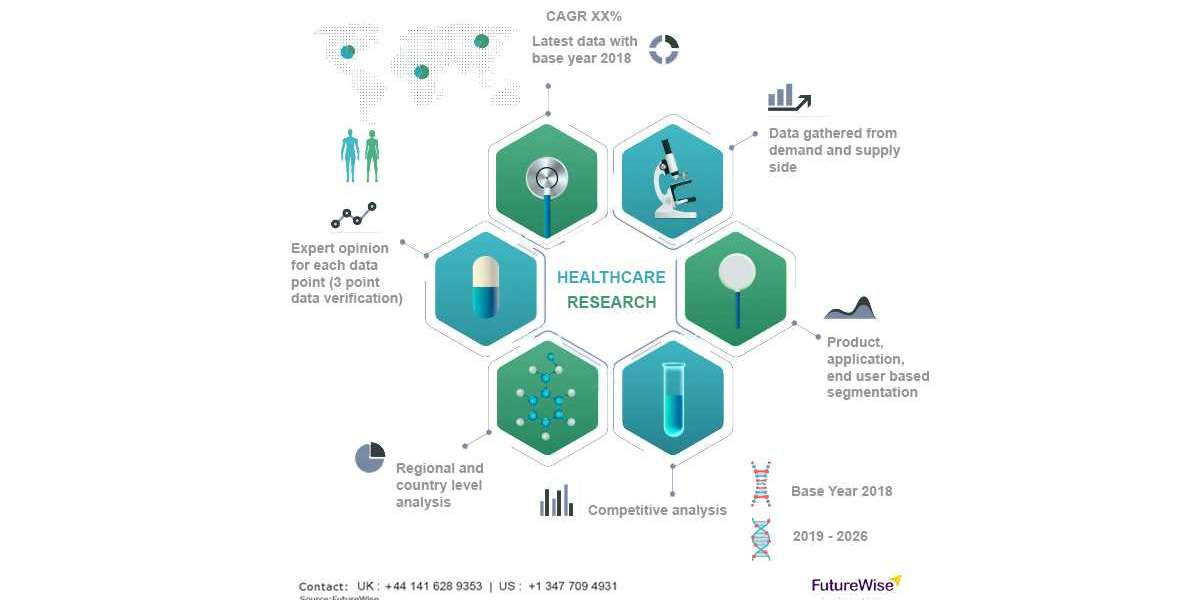Disease research stands as a critical frontier in the realm of scientific inquiry, aiming to unravel the mysteries of various illnesses and pave the way for effective treatments and preventive measures. Central to this endeavor is the meticulous preservation of pathogenic materials—microorganisms, viruses, and other disease-causing agents—which serve as the foundation for groundbreaking research. In this intricate process, laboratory freezers, particularly ultra-low deep freezer, play a pivotal role in ensuring the safety, viability, and integrity of these potentially hazardous materials.
The Significance of Disease Research:
Disease research is multifaceted, encompassing studies on bacteria, viruses, fungi, and other pathogens that pose significant threats to human and animal health. Understanding the behavior, structure, and genetic makeup of these pathogens is essential for developing vaccines, treatments, and diagnostic tools. However, working with these materials comes with inherent risks, necessitating stringent safety protocols and secure storage solutions.
The Role of Ultra-Low Deep Freezers:
Ultra-low deep freezers, also known as ultra-deep freezers, are engineered to maintain incredibly low temperatures, typically ranging from -70°C to -86°C. These specialized freezers are designed with advanced refrigeration technologies that ensure a stable, ultra-cold environment, effectively halting the biological activity of pathogens. This controlled freezing process not only preserves the pathogenic materials for extended periods but also mitigates the risk of contamination and accidental exposure.
Preserving Pathogenic Materials:
Preserving pathogenic materials involves a meticulous process that begins with cultivating and isolating the microorganisms or viruses in a controlled laboratory setting. Once isolated, these materials are carefully stored in ultra-low deep freezers, which provide an inhospitable environment for their survival. The low temperatures arrest their metabolic processes, ensuring their genetic stability and enabling researchers to conduct in-depth analyses without the risk of mutations or degradation.
Key Features of Ultra-Low Deep Freezers:
- Ultra-Low Temperatures: Ultra-low deep freezers maintain temperatures as low as -86°C, creating an environment where pathogens remain dormant and stable. This extreme cold effectively halts enzymatic reactions and biochemical processes, preserving the integrity of the stored materials.
- Precise Temperature Control: These freezers offer precise temperature control, ensuring that the internal temperature remains constant. This stability is crucial, as even minor temperature fluctuations can compromise the viability of pathogenic materials.
- Secure Seals and Insulation: Ultra-low deep freezers are equipped with secure seals and high-quality insulation, minimizing heat exchange with the external environment. This insulation ensures that the internal temperature remains unaffected, even in the event of power outages or other external disturbances.
- Efficient Cooling Systems: These freezers utilize advanced cooling systems that distribute cold air uniformly throughout the storage space. Uniform cooling prevents ice formation, ensuring that stored samples do not suffer from freezer burn or crystallization.
- Data Logging and Alarms: Many ultra-low deep freezers come with built-in data logging and alarm systems. These features enable continuous monitoring of the internal temperature and alert researchers immediately if there is a deviation from the preset range. Timely notifications allow for swift corrective actions, preventing potential sample loss.
Challenges and Solutions:
While ultra-low deep freezers are instrumental in preserving pathogenic materials, researchers face challenges such as power failures, equipment malfunctions, and natural disasters. To address these concerns, laboratories often invest in backup power sources, regular maintenance schedules, and disaster preparedness plans. These proactive measures ensure that pathogenic materials remain safe and accessible, even in adverse circumstances, facilitating uninterrupted research efforts.
Conclusion:
In the pursuit of understanding diseases and developing effective interventions, the preservation of pathogenic materials is of paramount importance. Ultra-low deep freezers emerge as indispensable tools in this critical process, providing a secure and stable environment for these potentially hazardous materials. By safeguarding the integrity and viability of pathogens, researchers can delve deeper into their characteristics, unraveling the complexities of diseases and paving the way for innovative treatments and preventive strategies. The synergy between disease research and ultra low deep freezer exemplifies the dedication of scientists and the advanced technologies that drive transformative discoveries, ultimately shaping the future of healthcare and improving lives worldwide.









